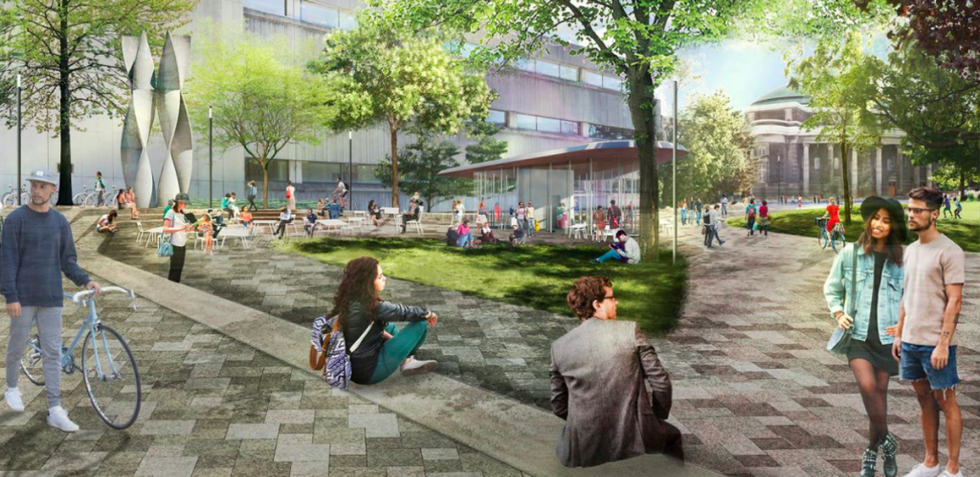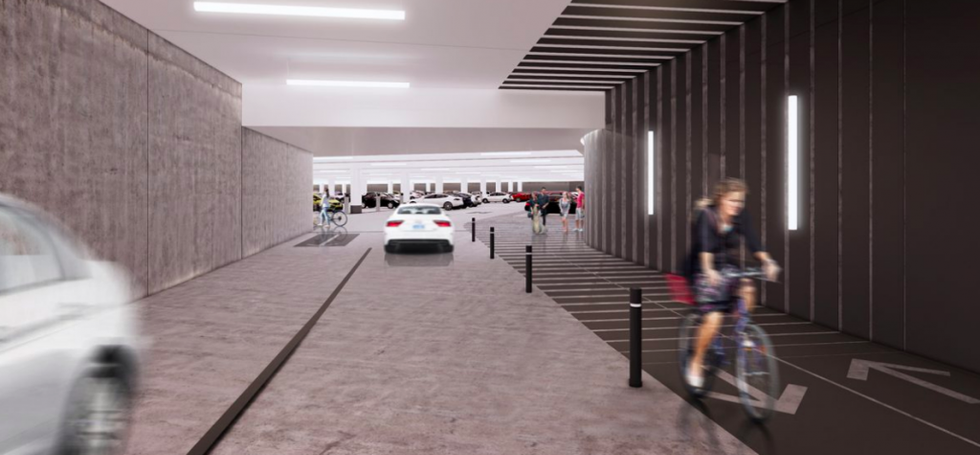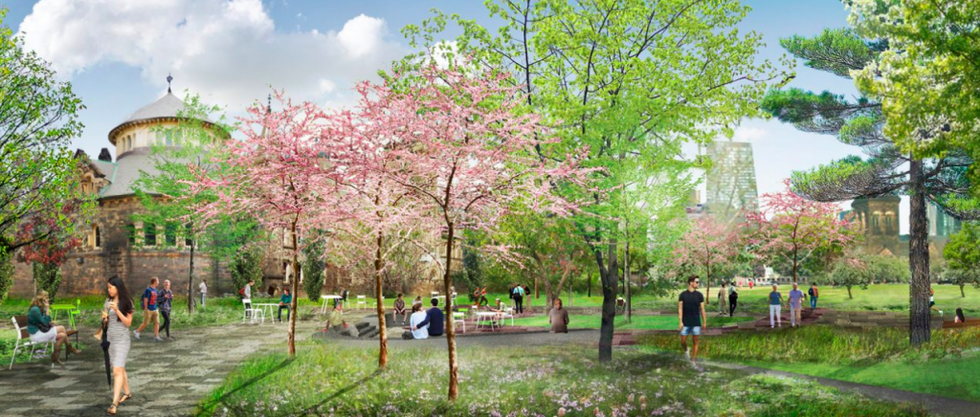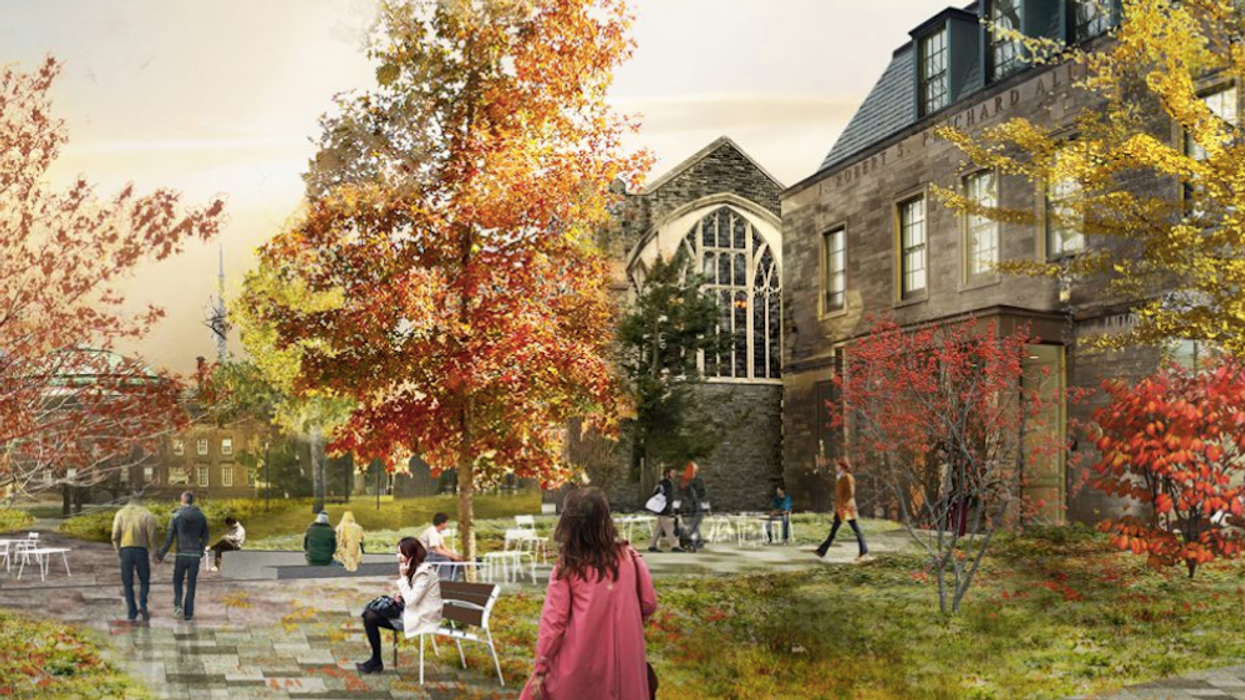The sprawling grounds of the historic University of Toronto (U of T) St. George campus will soon get a long-awaited upgrade in what’s one of the largest landscape infrastructure projects in Canada in our time.
Designed by KPMB Architects, Michael Van Valkenburgh Associates (MVVA), and Urban Strategies, the Landscape of Landmark Quality project will beautifully restore the university’s public realm to make it more pedestrian and cyclist-friendly. Central to the project, vehicular access will be drastically reduced on the campus, with all current at-grade parking in an area relocated into a sleek underground garage.
The project was chosen as the winning proposal to restore the ever-important campus grounds.

It will include U of T’s most important spaces: King’s College Circle, Hart House Circle, Sir Daniel Wilson Quad, and the Back Campus Fields. A total of 20 acres will be revitalized, springing to life in its completion with fresh plants and trees, new pavilions, car-free interwoven pathways, and interconnected cycle paths that crisscross King’s College Circle, where 20 new gardens will ring the its perimeter.
Convocation Hall will receive special attention in the revamp. A central landscaped plaza will frame this iconic spot, and its existing asphalt will be removed and replaced with granite pavers and seating.

Other notable talking points include a new column of beautiful oak trees lining Tower Road and a new plaza outside of Soldiers' Tower to accommodate a variety of events and gatherings. Meanwhile, Varsity Blues fans can cheer on their teams from the comfort of new terraced seating along back campus fields.
READ: GTA Homeowners Are Renting Out Their Private Pools This Summer
Not just visually appeasing, the project will also offer the opportunity to reduce the U of T campus’ greenhouse gas emissions, thanks to the installation of an intricate geothermal system beneath the King’s College Circle garage to heat and cool surrounding buildings that, once completed, will be Canada's largest. The impact of this is apparently equal to the removal of 3000 cars off the road per year.

Currently in the works, the transformation is expected for completion in 2023.





















